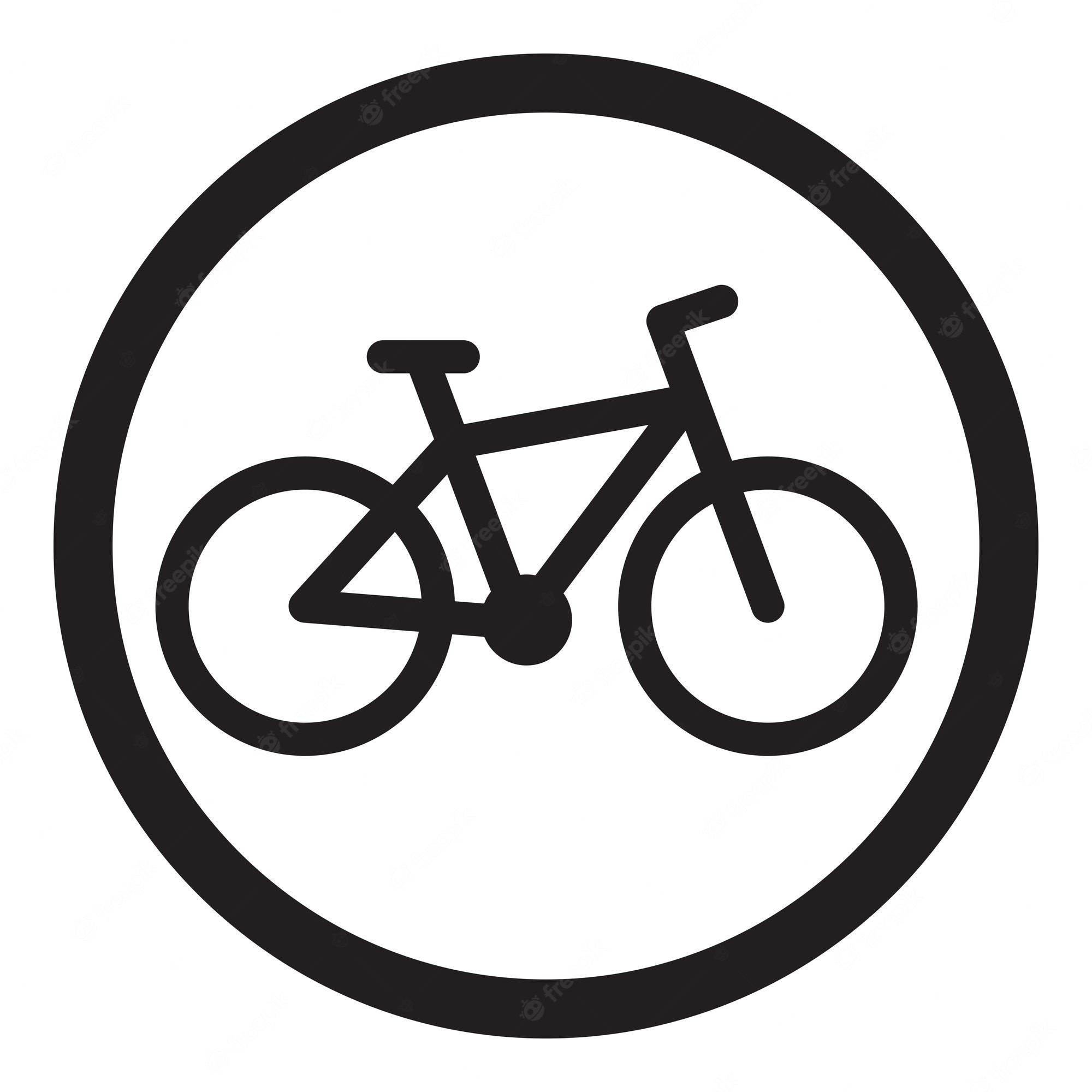
I ride a class 3 ebike 66% of the time and various muscle-powered bikes the remainder of the time. 30mph makes most roads in my downtown accessible to me. I bought a class 3 for this reason. We’re too suburban for class 2 to keep up with traffic on most roads.
Where I live: Multi use paths: 20mph (buttholes are trying to lower it to 15mph which I can beat on any muscle-bike) Neighborhood roads: <=25mph (bikable but tend to not connect well) Collectors: <30-35mph (sometimes uncomfortable, but okay) Arterials: 40-60mph (you probably gunna die unless you are going downhill, have passed cars at 45-50mph on the downhill. Never wish to repeat 😳 Expressways: 65+mph (um…)
We’re pretty spread out and a useful trip could be anywhere from 5-35 miles round trip.













So why don’t they use it to unfuck Windows 11… before I finish my coffee?